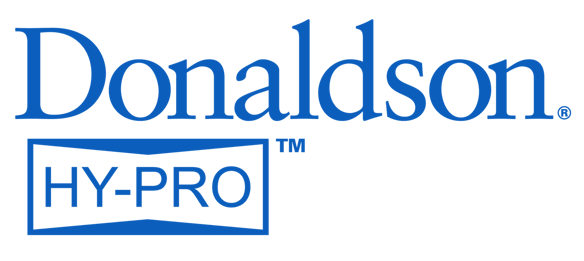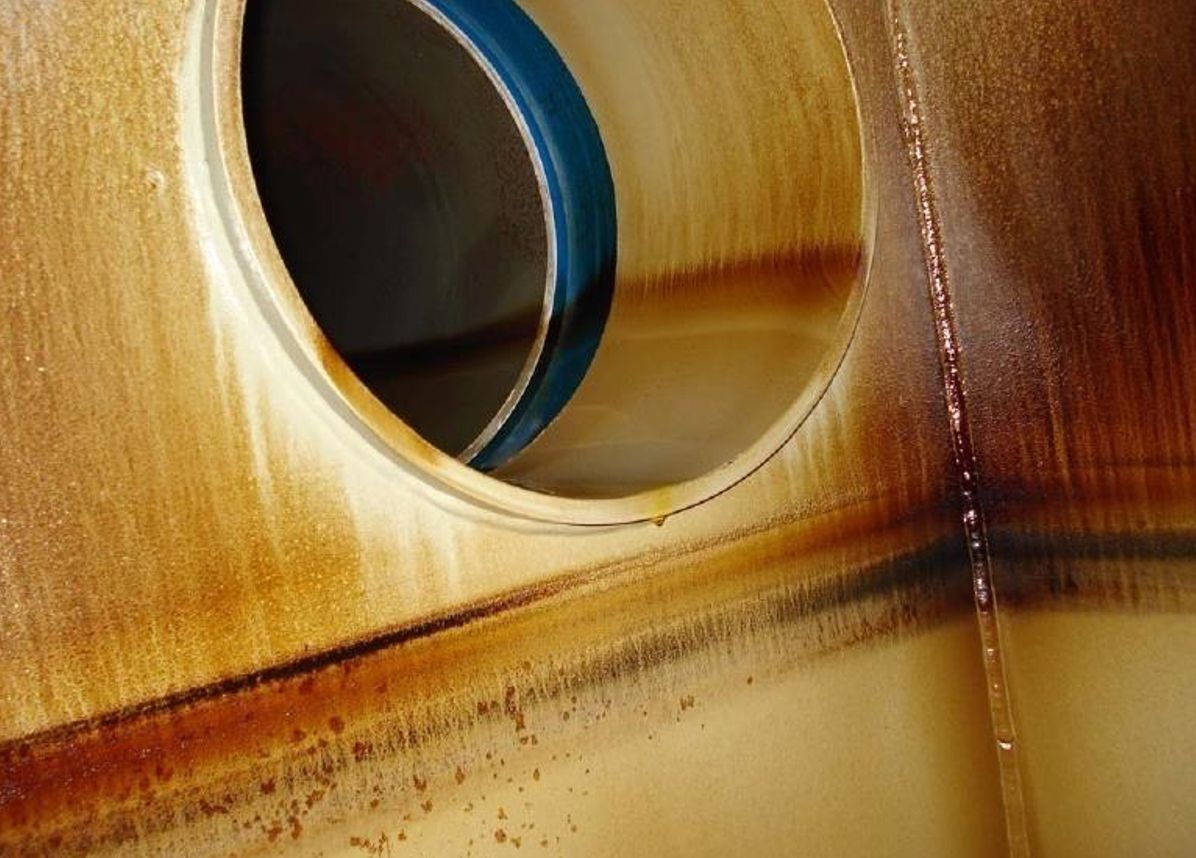Turbine Lube oil Varnish
Despite thousands of dollars and hours spent trying to mitigate the effects of turbine lube oil varnish many still suffer from this ongoing yet solvable issue. When combustion and steam turbines fall victim to unit trip or fail-to-start condition varnish is the usual suspect. SVR® Lubricant Conditioning System skids prevent and remove varnish deposit formation in lube oil by isolating oxidation by-products as they are formed and while they are still in solution (dissolved). By removing the soluble varnish feedstock SVR® is addressing the primary cause of varnish before varnish deposits can form. Stop varnish before it stops you!
SVR® restores the solubility of the oil by removing the soluble varnish causing contamination that other technologies can't. By restoring solubility SVR® enables the oil to chemically remove previously formed varnish deposits and reduce QSA® or MPC varnish potential numbers from condition critical red to condition normal green. Ask Hy-Pro how the SVR®1200 can reduce and maintain a 6000 gallon GE Frame 7 lube reservoir MPC value from 60 to single digits in approximately 45 days.
Learn more: SVR®, SVR® case study














